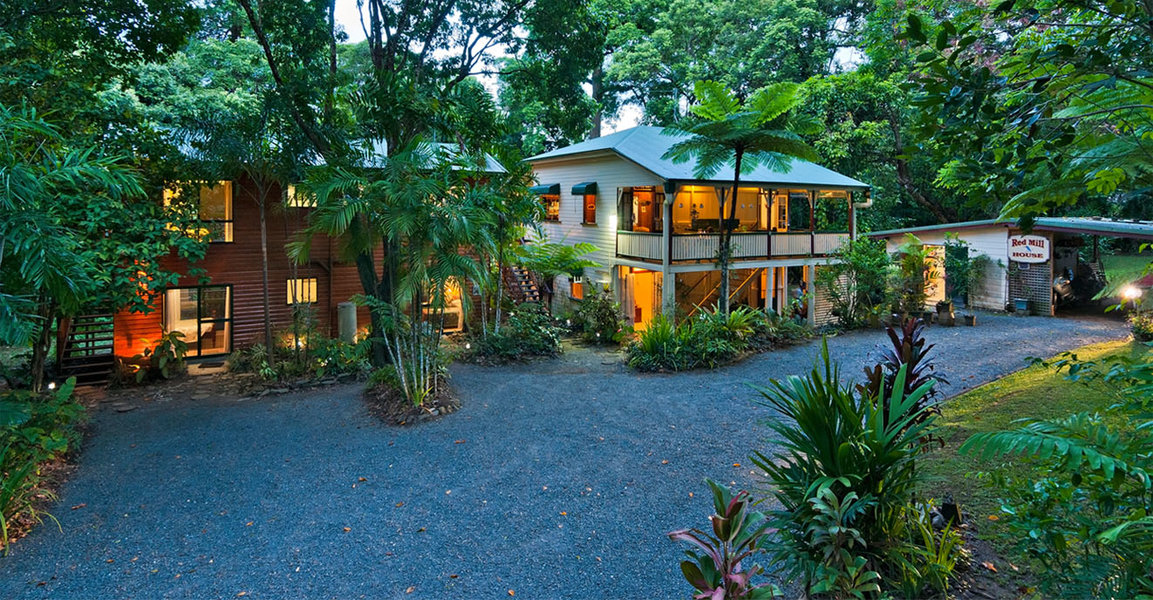
Check Availability
Check Availability
Daintree Birds
Daintree is internationally recognised as one of Australia's premier birdwatching locations with many overseas and local bird enthusiasts coming to our area for this specific purpose.
It has been documented that over 430 species of birds have been recorded in the area encompassing North Queensland's Wet Tropics and the Great Barrier Reef region of Australia. This is more than half the bird species for the entire continent. Many of these birds are easily seen in the Daintree area throughout the year. At particular times of the year, birdwatchers and photographers from all over the world will travel to our region just to catch sight of some of the more unique species that happen to be either passing through or setting up temporary residence for breeding purposes.
The Wet Tropics has 13 endemic species and of these Lesser Sooty Owl, Macleay's Honeyeater, Bridled Honeyeater, Pied Monarch, and Victoria's Riflebird can be seen in and around Daintree. Also of enormous interest to birdwatchers are the Great-billed Heron, Black Bittern, Mangrove Robin, Lovely Fairy-wren, Double-eyed Fig Parrot, Red-necked Crake and of course, the Southern Cassowary which may be seen on the northern side of the Daintree river. 8 out of 10 of Australia’s Kingfisher species, including the spectacular Buff-breasted Paradise-Kingfisher and the diminutive Little Kingfisher can also be spotted in the Daintree.
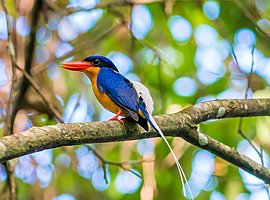
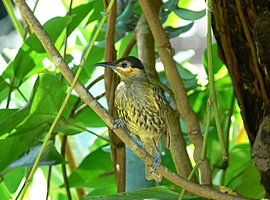
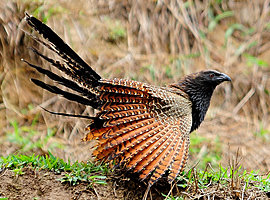
The Daintree area has a variety of habitats with coastal lowland rainforest, riverine, wetlands, mangroves, open farmland and the DaintreeRiver. As well as the regular residents (at least 30 species daily in the Village), the birds vary according to the seasons.
Winter is perhaps the quietest time of the year for birds, but the nicest for birdwatchers. The Wompoo Fruit-Doves and Spotted Catbirds are happily eating the fruits of the many Blue Quandong trees, Monarchs and Flycatchers are more prevalent and the raptors are building their nests. Victoria’s Riflebird are best seen at this time of year.
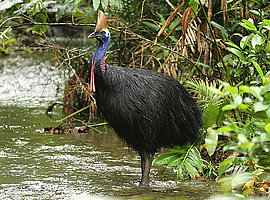
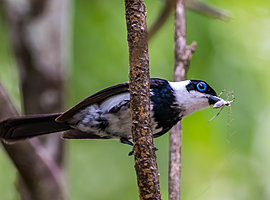
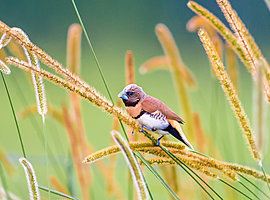
Spring is a treat with the return of the summer migrants. Pied Imperial Pigeons andMetallic Starlings return from their winter in New Guinea and the Buff-breasted Paradise Kingfisher arrive for their breeding season. A range of Cuckoos including Common Koel, Channel-billed Cuckoo and Brush Cuckoo all herald the arrival of spring. Brown-backed Honeyeater also begin nesting.
Summer is the Wet Season and despite the sometimes difficult conditions, it can be an excellent time for birding. The spring arrivals are joined by the Black Bittern which can be often seen on the river or beside the numerous creeks and water ways. Kingfishers abound. Red-necked Crake and Pale-vented Bush Hen are much easier to find at this time of year and are breeding.
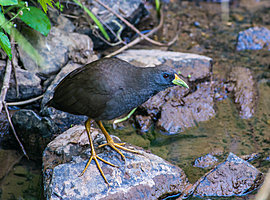
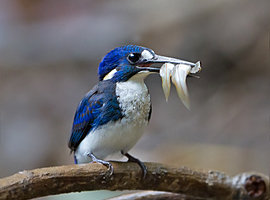

Autumn sees the departure of the migrants to warmer climates, but we are joined by Dollar Birds and Rainbow Bee-eaters to add to our colourful regulars. The last of the juvenile Buff-breasted Paradise Kingfishers make their way to New Guinea.
Daintree is an ideal location as a base for a birding holiday in Far North Queensland or can be an important addition to a birding itinerary which may include Cairns, Julatten, Mareeba and the Atherton Tablelands.
Birding Queensland Daintree Birdwatching




